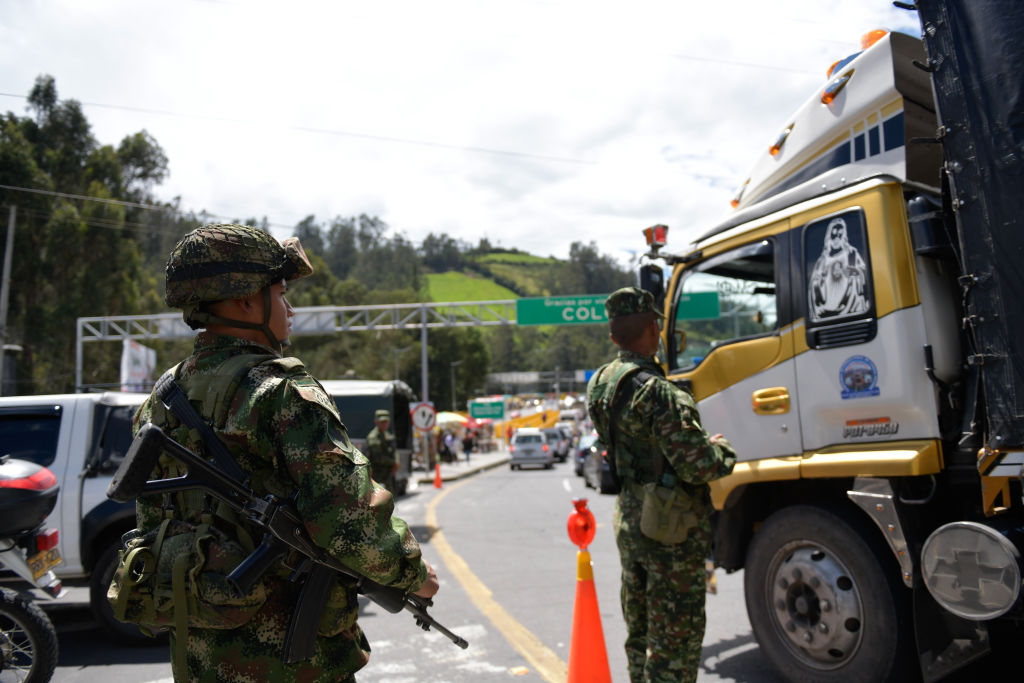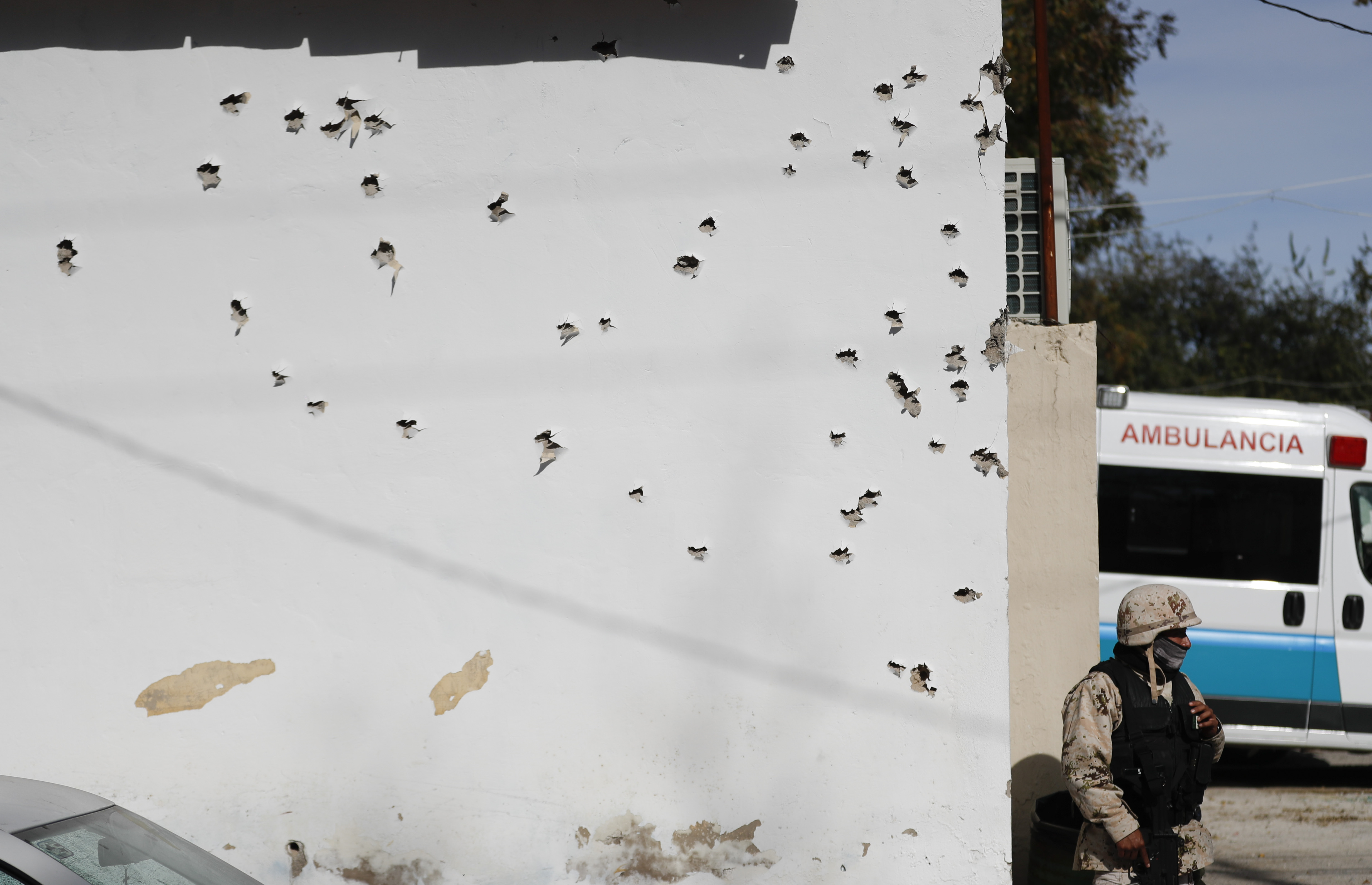Weekly Chart: Human Trafficking in the Americas
Weekly Chart: Human Trafficking in the Americas
The majority of persons trafficked in Central America are underage girls.
In late July—a few days before the World Day against Trafficking in Persons international observance day—ten immigrants died in an unventilated trailer in San Antonio, Texas. That tragedy renewed a conversation on human smuggling networks and the inherent risks faced by the immigrants they exploit.
Migrants and refugees in the Americas are particularly susceptible to abuse as they travel north seeking work or asylum, according to the UN Office on Drugs and Crime’s 2016 Global Report on Trafficking in Persons. The report maps out how victims are most frequently trafficked for sexual exploitation and forced labor, but trafficking for the purposes of forced participation in criminal networks, forced organ donations, and illegal adoption are also prevalent.
Compared to prior reports, the data shows rising rates of women and girls trafficked for forced labor in North America, as well as the flow of trafficking victims from Andean countries to Southern Cone countries. In Central America, 51 percent of victims are underage girls, making it the region with the second-highest rate of child trafficking after Sub-Saharan Africa. Within South America, child trafficking outpaced adult trafficking in Bolivia, Ecuador, and Peru.
In observance of World Day against Trafficking in Persons on July 30, we examine the UN’s data on this danger in the Americas.








